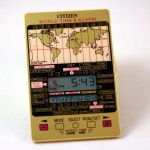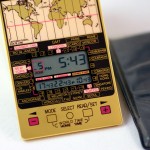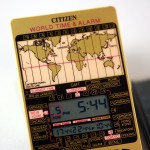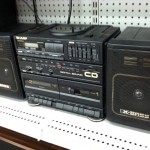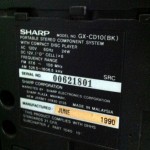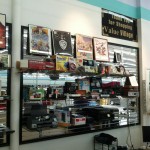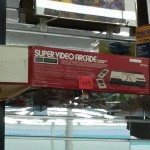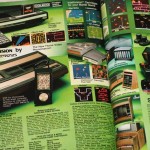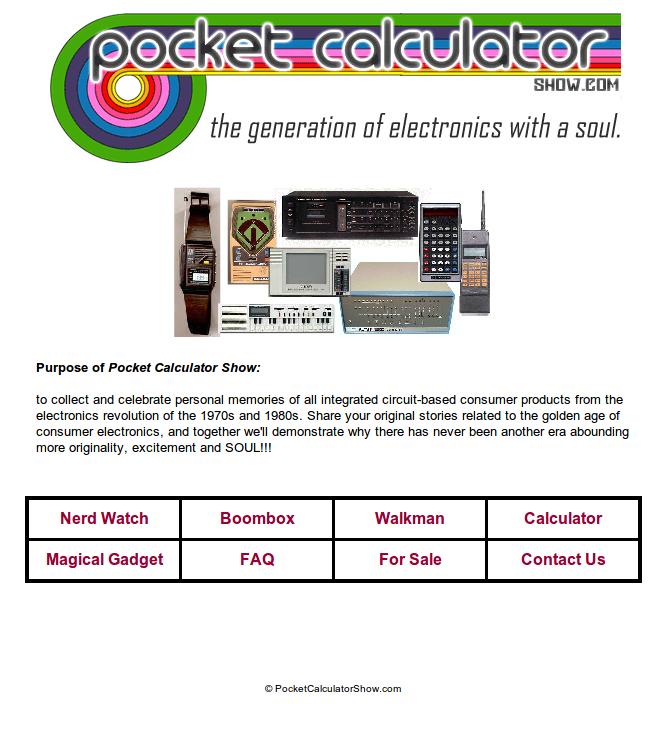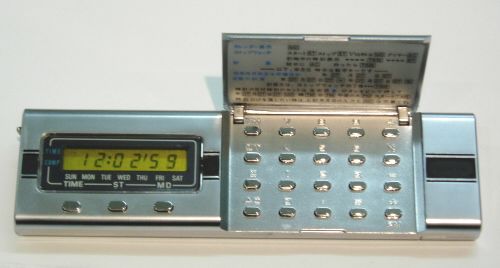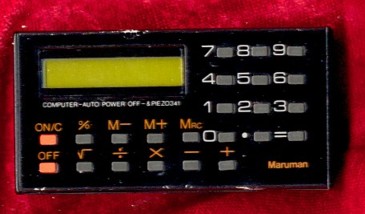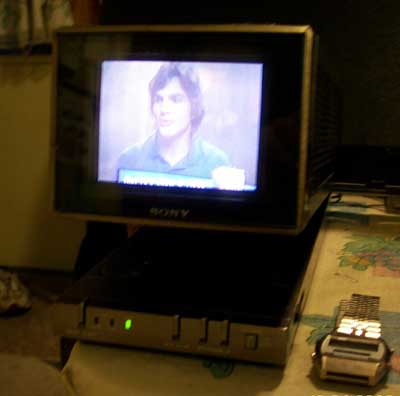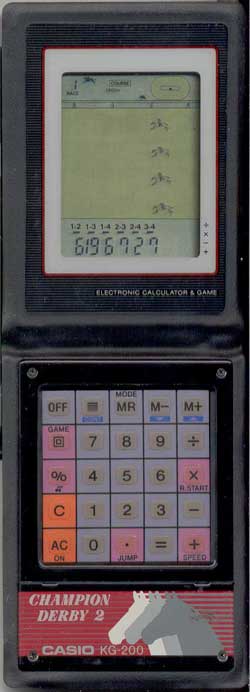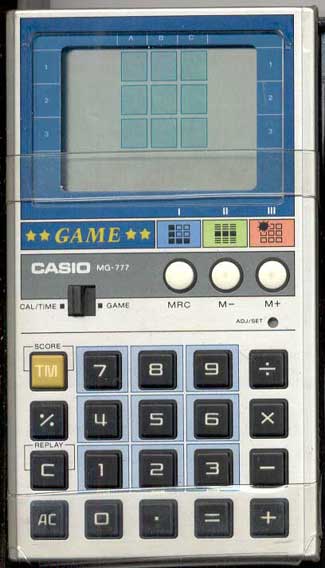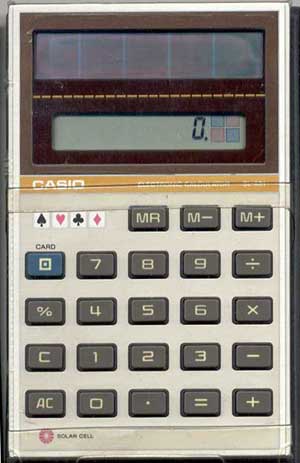After cleaning out my closet recently, I re-discovered this little Citizen credit-card sized LCD clock and became amazed all over again. I’ve had this little thing for at least 20 years, it was one of the earliest things I’d purchased in one of my weekend jaunts to NYC. If I had to guess on the year of manufacture, I would say 1984. I presume this little gadget was marketed to the businessman who at the time could not rely on email, online chat or video conferencing to get his job done. Meetings of international business were always face-to-face and required time-consuming and expensive travel. So, “world time” was a popular feature in clocks and wristwatches.
Not much larger than a stack of credit cards, this little plastic device is controlled by pressure-sensitive membrane buttons to control its LCD readout. Up top, we see a world map delineated with key time zones. Beneath is our digital readout which consists of two windows, surrounded by key cities and respective time zones. If you check the world cities, you’ll note the clock shows its age with the reference of “Peking”. The primary LCD displays a time zone with respective time. The lower window displays New York Time, London Time and Home Time (set to your preference). Why New York and London? Perhaps this clock was marketed to businessmen in these regions or perhaps the majority of business travel at the time consisted of these two destinations.
Using & Setting the Clock: By tapping the “+” and “-” buttons, one can span the globe from Anchorage to Tokyo, displaying each time zone’s local time. Hold the “select” button down to enter set mode; tap the “read/set” button to change the time, day and date. Tapping the “mode” button displays the alarm time. I can then tap the “read/set” button to turn the alarm on or hold the “select” button to set the alarm. Tapping the “mode” and “read/set” buttons simultaneously will change my home time to whatever zone I’m in.
The back of the clock has a stamped “Made in Japan / Fabrique au Japon” and the battery compartment. This clock runs on a CR2016 lithium battery. The accompanying vinyl protective case should insure this gadget will hold up for another 20 years.

